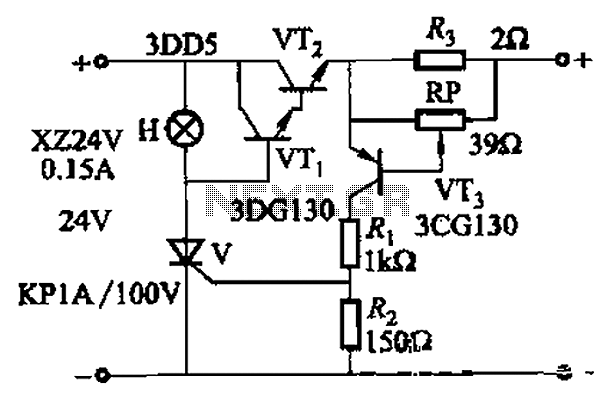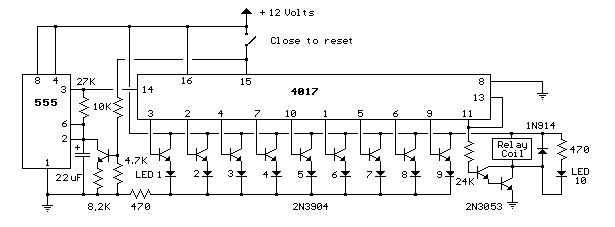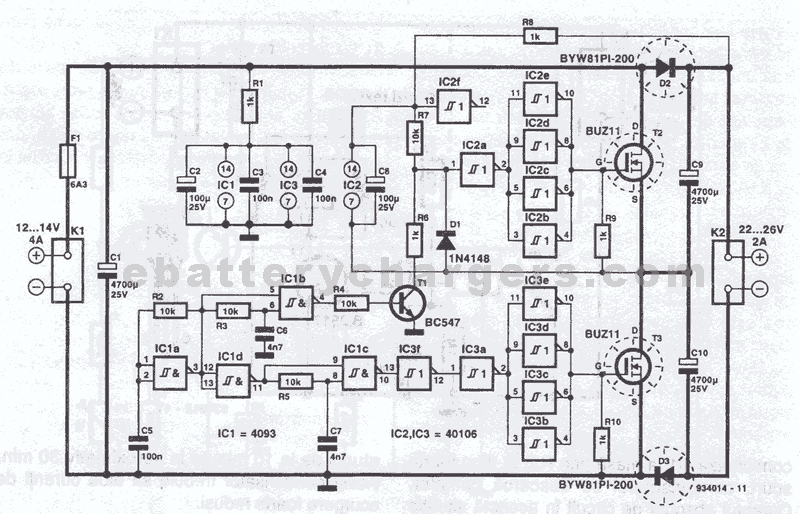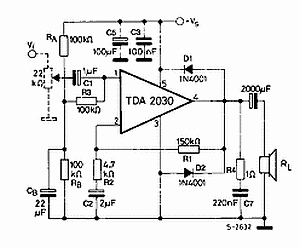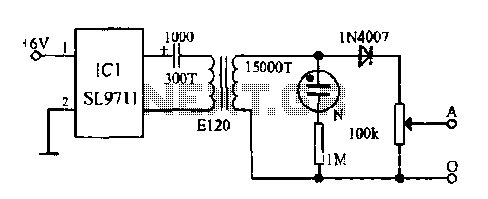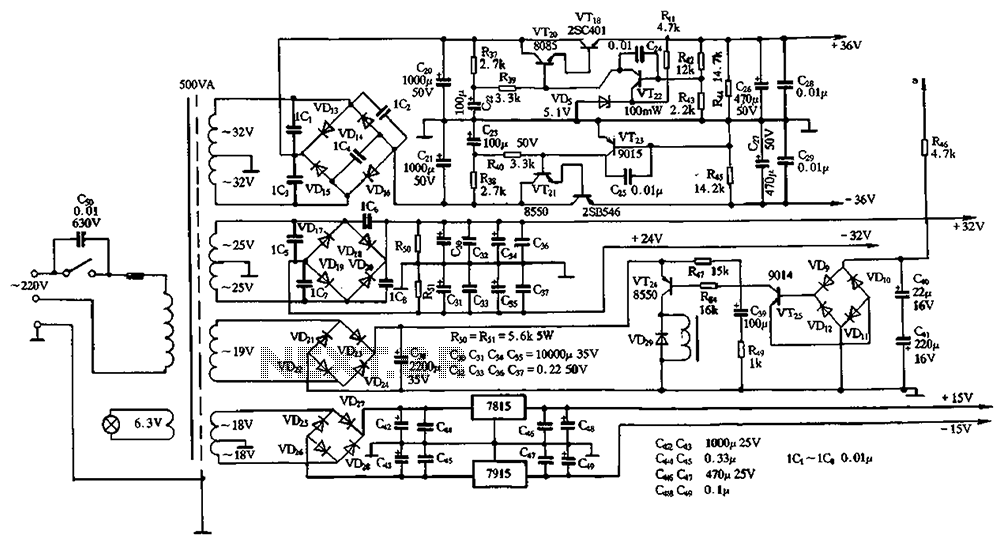
Birthday Heart circuit
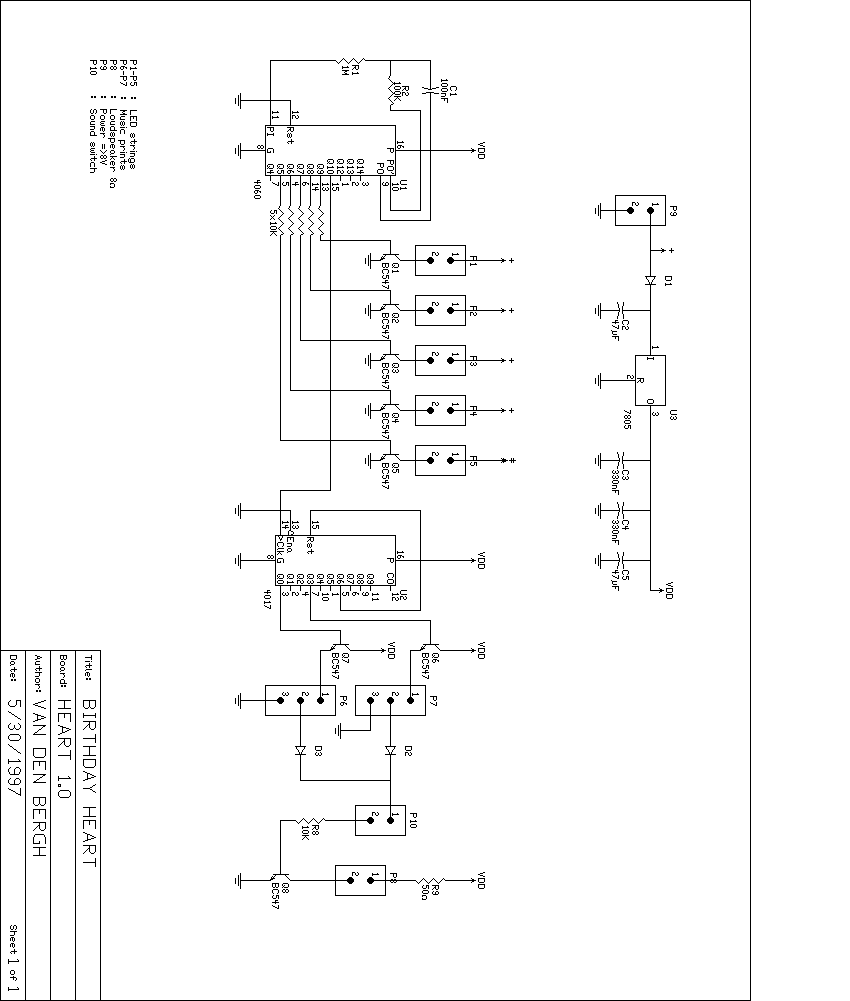
This is a birthday heart circuit. No much description is available but you can use your experienced imagination!
The birthday heart circuit is designed to create a visually appealing display, often used as a decorative element for celebrations. The circuit typically utilizes a series of light-emitting diodes (LEDs) arranged in the shape of a heart to provide illumination. The heart shape can be created using a printed circuit board (PCB) or a simple breadboard setup, depending on the complexity desired.
Power for the circuit is usually supplied by a low-voltage source, such as a battery or USB power supply, ensuring safety and ease of use. A common choice for the power supply is a 5V source, which is compatible with most standard LEDs.
To control the LEDs, a microcontroller or a simple timer circuit can be employed. For example, a 555 timer IC can be configured in astable mode to create a blinking effect, enhancing the visual appeal of the heart circuit. Alternatively, a microcontroller such as an Arduino can be programmed to control the timing and patterns of the LED illumination, allowing for more complex light displays such as fading or chasing effects.
The circuit may also include resistors to limit the current flowing through the LEDs, preventing damage and ensuring longevity. The value of the resistors can be calculated based on the forward voltage and current specifications of the chosen LEDs.
For enhanced functionality, additional components such as a switch can be integrated to turn the circuit on and off, or a potentiometer can be included to adjust the brightness of the LEDs. This flexibility allows for customization based on user preferences.
Overall, the birthday heart circuit serves as an engaging and festive electronic project, combining basic electronic components with creative design to celebrate special occasions.This is a birthday heart circuit. No much description is available but you can use your expirienced imagination! ;) 🔗 External reference
The birthday heart circuit is designed to create a visually appealing display, often used as a decorative element for celebrations. The circuit typically utilizes a series of light-emitting diodes (LEDs) arranged in the shape of a heart to provide illumination. The heart shape can be created using a printed circuit board (PCB) or a simple breadboard setup, depending on the complexity desired.
Power for the circuit is usually supplied by a low-voltage source, such as a battery or USB power supply, ensuring safety and ease of use. A common choice for the power supply is a 5V source, which is compatible with most standard LEDs.
To control the LEDs, a microcontroller or a simple timer circuit can be employed. For example, a 555 timer IC can be configured in astable mode to create a blinking effect, enhancing the visual appeal of the heart circuit. Alternatively, a microcontroller such as an Arduino can be programmed to control the timing and patterns of the LED illumination, allowing for more complex light displays such as fading or chasing effects.
The circuit may also include resistors to limit the current flowing through the LEDs, preventing damage and ensuring longevity. The value of the resistors can be calculated based on the forward voltage and current specifications of the chosen LEDs.
For enhanced functionality, additional components such as a switch can be integrated to turn the circuit on and off, or a potentiometer can be included to adjust the brightness of the LEDs. This flexibility allows for customization based on user preferences.
Overall, the birthday heart circuit serves as an engaging and festive electronic project, combining basic electronic components with creative design to celebrate special occasions.This is a birthday heart circuit. No much description is available but you can use your expirienced imagination! ;) 🔗 External reference
